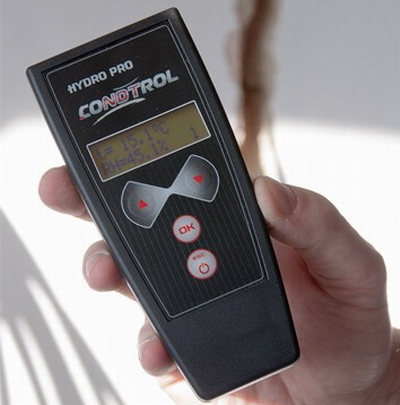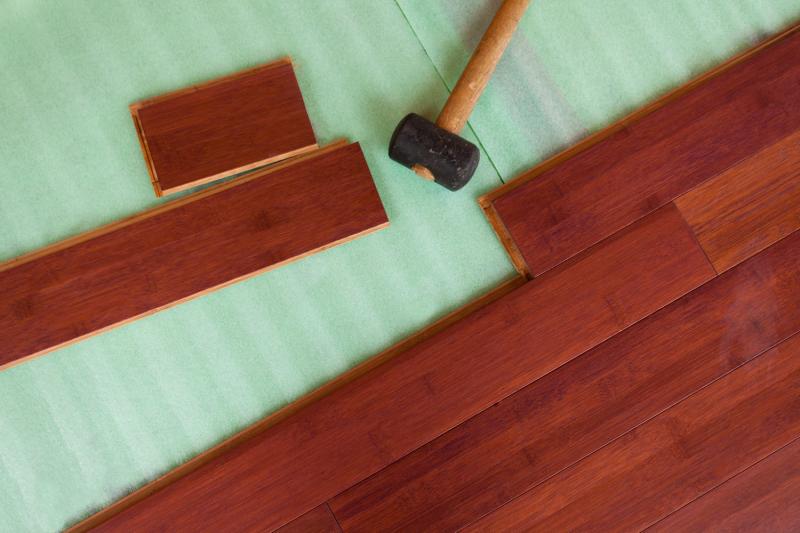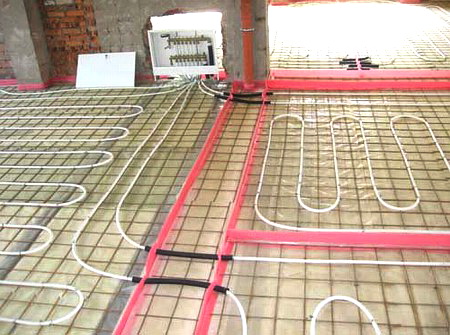Installation of concrete screed for electric underfloor heating
Good afternoon! I built a new kitchen, I want to pour concrete on the floor, on which the warm floor and tile will be laid later, I wanted to ask: is it necessary to install reinforcement in concrete? How many centimeters to fill the concrete coating itself? Thanks in advance.
Oleg.
Expert Answer
Good afternoon, Oleg.
There are several ways to install an electric heated floor in the kitchen, which are suitable for your case. The most common is a traditional concrete screed, on top of which a heating cable or heating mats are laid. When arranging water-heated floors, the heating circuit is laid directly in concrete, so the thickness of the screed should be at least 5 cm. Otherwise, heating will be inhomogeneous in different places on the floor (above and outside the pipes). You can make a screed 2-3 cm thick. Since ceramic tiles will be laid on top, this will be more than enough. At the same time, one should not forget that the thickness of the concrete base will affect the thermal inertia of the system. If this parameter is important for you, you will need to increase the concrete layer to 5-6 cm.
Since for underfloor heating it is necessary to lay a layer of thermal insulation, a concrete screed is needed mainly for the distribution of loads on the heat and sound insulation layer. And although SNiP regulates the reinforcement of a concrete base from 40 mm, the presence of flexible and elastic materials in the substrate requires the installation of reinforcing elements and with a smaller thickness. For this, a masonry welded mesh with a cell of 10 cm is best suited, which is laid on the entire surface of the floor at a height of 1-2 cm. You can fasten individual sheets together using plastic ties.
In the traditional way of arranging floor heating, the floor thickness increases by 6-10 cm, which is sometimes an inadmissible luxury. For such cases, you can recommend a "dry screed", which is a coating of cement-bonded particleboards laid on a layer of expanded clay or other insulation.
In the end, I would like to give you a couple of recommendations on the arrangement of a warm floor. Firstly, before starting the main work, without fail make waterproofing the base of the floor. And the second - use only elasticized adhesive mixtures for tiles. Offhand you can call Ceresit SM-16, Bergauf Ceramics Max or the more expensive Lithoflex K-80, which are designed specifically for such cases.



